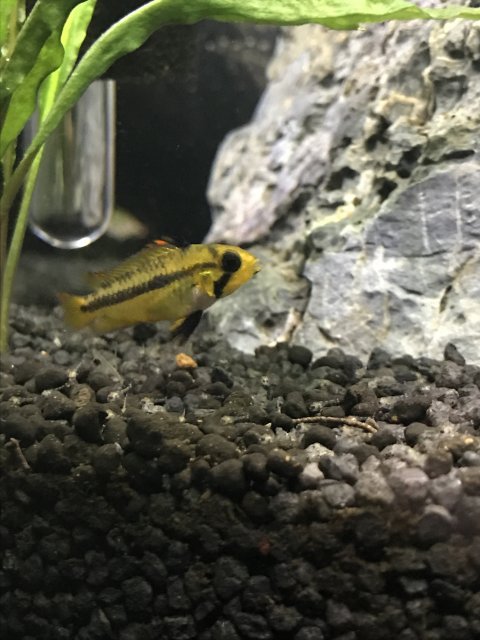 Hi,
Hi,I recently had a ich outbreak in my established 55. I have been treating for the last week or so using interpet anti white spot +. I have been using half doses as I have a pleco and a number of otocinclus aswell as shrimp. The ich is slowly becoming less and less noticeable however I have today noticed that my apistos have wrigglers (photo attached *hopefully*). The tank is due another dosage tomorrow, would the medication have any ill effect on the fry ( more than the shrimp??). Ty in advance


